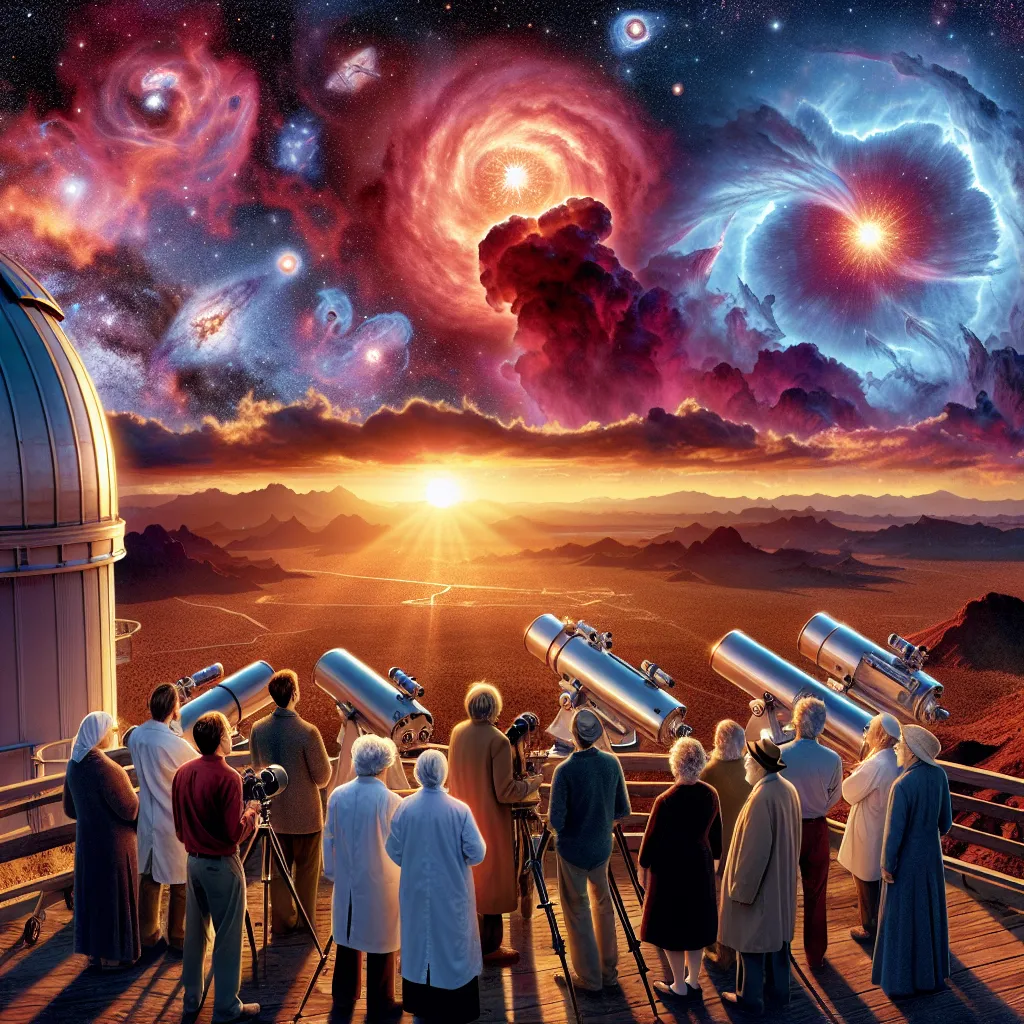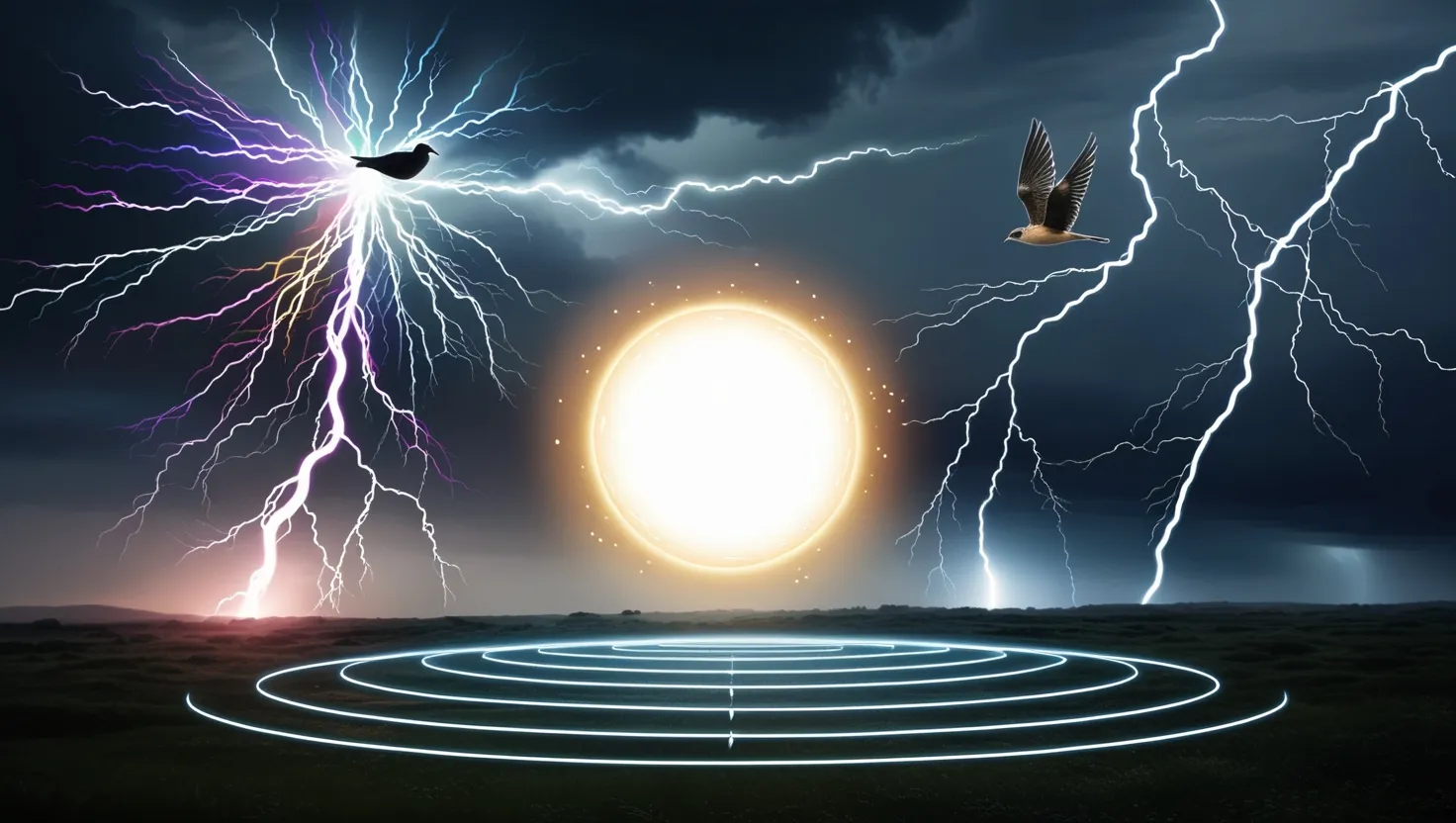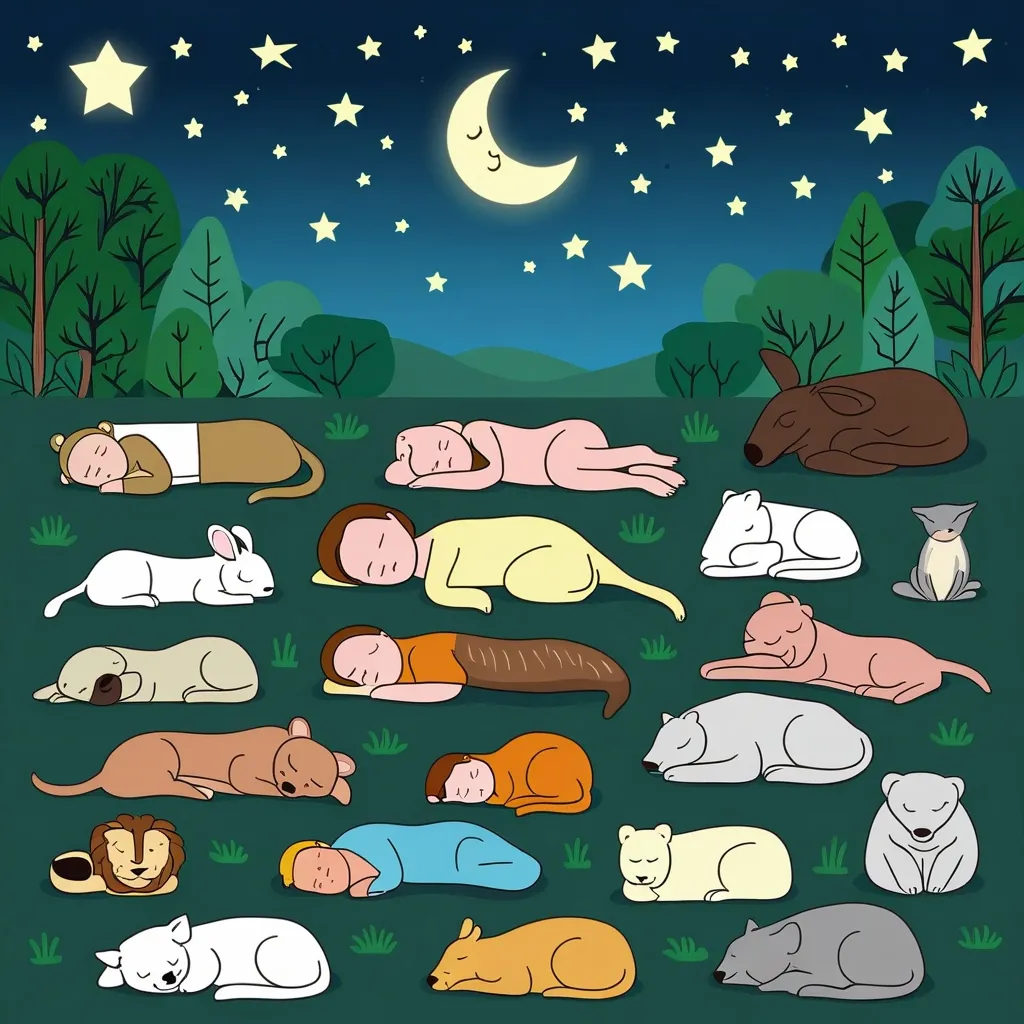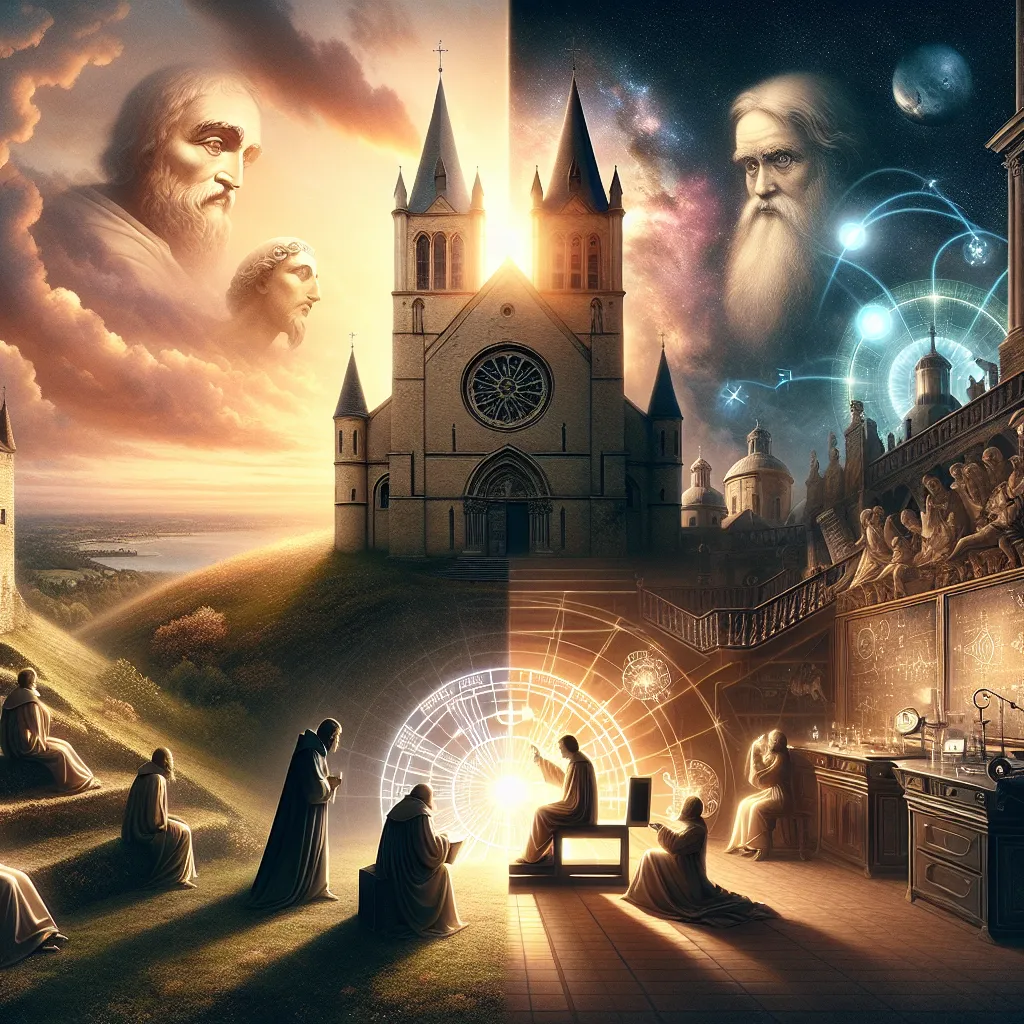In about five billion years, our sun, the star we all rely on, will come to an end. It’ll swell and turn into a red giant, and the heat will be so intense that it will boil the oceans and scorch the planet. The Earth’s crust will melt, turning the surface into an ocean of molten rock, bringing life to an abrupt halt in a catastrophic finale.
Our universe is filled with countless shimmering stars, but from our cozy spot under Earth’s protective atmosphere, we stay safe from cosmic dangers—some of the most violent events in the universe.
Bob Kersner, a Harvard professor and a lifelong star enthusiast, still remembers when he used to lie in the snow with a flashlight and a star map, fascinated by the night sky. Nowadays, he heads to Kit Peak Observatory in Arizona, about 7,000 feet up, where the clear skies provide an excellent view. He’s there to witness one of the most dramatic events in the universe: the birth of a new star.
As the sun sets over the Arizona desert, astronomers start their work. On this mountaintop, they have an unrivaled view high above the clouds. Kersner and his team use a powerful telescope to peer into massive gas clouds in our galaxy, such as the Lagoon Nebula, which is essentially a nursery for new stars.
These clouds, primarily composed of hydrogen, spiral inward due to gravity. This process creates a protostar, which gathers dust and gas, forming a disc around it. This is exactly how our own sun and solar system came into being. As the protostar shrinks and gets hotter, nuclear reactions kick in, turning it into a full-fledged star, with orbiting planets forming around it.
Our sun, the closest and most familiar star, converts 600 million tons of hydrogen into helium every second, a process that started about 4.5 billion years ago. For generations, the only way to study the sun’s atmosphere was during a total solar eclipse. Francisco Diego, who saw his first eclipse in Mexico as a teenager, has been fascinated by the sun ever since.
During a total eclipse, the sun’s outer atmosphere, or corona, becomes visible. It burns at over a million degrees and sometimes exhibits gigantic prominences that stretch into space. However, a total eclipse is brief, and astronomers must act quickly.
We rely on the sun’s energy for life. Any change in the sun’s behavior could have catastrophic effects on Earth. To keep watch, NASA and the European Space Agency launched a satellite named Soho in 1995. Positioned between Earth and the sun, it continuously beams back valuable data.
Through Soho, astronomers can observe the sun’s turbulent surface. The sun’s “weather” includes gigantic solar tornadoes and shock waves. Every five minutes, the sun’s surface pulses, sending a vast amount of energy into space, much of which is crucial for life on Earth.
Despite the sun’s distance—some 93 million miles away—its destructive power is significant. Fair-skinned people, for instance, risk sunburn from its ultraviolet radiation. Even greater dangers come when the sun’s magnetic fields twist and puncture the surface, creating sunspots and massive eruptions that send radiation and charged particles into space.
Occasionally, these solar outbursts can disrupt life on Earth. For example, in 1989, a massive solar storm caused an electrical surge that plunged Quebec into darkness. However, these disturbances also create beautiful displays like the Aurora Borealis.
Beyond our sun, many other cosmic dangers, such as supernovas, pose threats. When a massive star explodes, it releases cosmic rays that can penetrate even spacecraft. This danger was first noticed by Apollo astronauts who reported seeing mysterious light flashes in their eyes, later identified as cosmic rays from distant supernovas.
Supernovas can even affect us here on Earth. Two young astronomers from Caltech proposed that the mass extinctions recorded in Earth’s history might be linked to nearby supernovas. By understanding the rotation of our Milky Way galaxy and the locations of spiral arms where stars explode, they calculated that these explosions could coincide with mass extinctions.
The most exciting revelation about supernovas came from ancient Chinese manuscripts and modern astronomical observations. The Chinese reported a bright star in 1054, which matched the expanding Crab Nebula’s date. This connection proved the Crab Nebula was the remains of a supernova.
Further studies revealed that some stars leave behind neutron stars or black holes after they explode. Neutron stars, discovered by Professor Anthony Huish and his team in the 1960s, are incredibly dense. Black holes, on the other hand, are regions where gravity is so strong that not even light can escape.
Our own sun will face a similar fate, albeit much less dramatic. In about five billion years, it will swell into a red giant and eventually cool off, leaving behind a cold, dim remnant. By then, Earth will be a lifeless, scorched rock, floating in the emptiness of space.
However, even as our sun dies, the universe’s cycle of life and death ensures that new stars and possibly new solar systems will continue to form, maybe even nurturing life like ours somewhere else in the cosmos.






